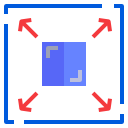Maximizing Productivity through Effective Workspace Decluttering
Creating a clean and organized workspace is not just about aesthetics—it directly impacts your ability to focus, generate ideas, and maintain efficiency throughout your workday. Decluttering transforms your physical environment into a springboard for heightened productivity, mental clarity, and reduced stress. This guide explores how effective workspace decluttering can change the way you work, helping you create an environment that fosters sustained achievement. From understanding clutter’s psychological effect to practical strategies for maintaining order over time, each section will deepen your knowledge and equip you with actionable inspiration for maximizing your daily productivity.
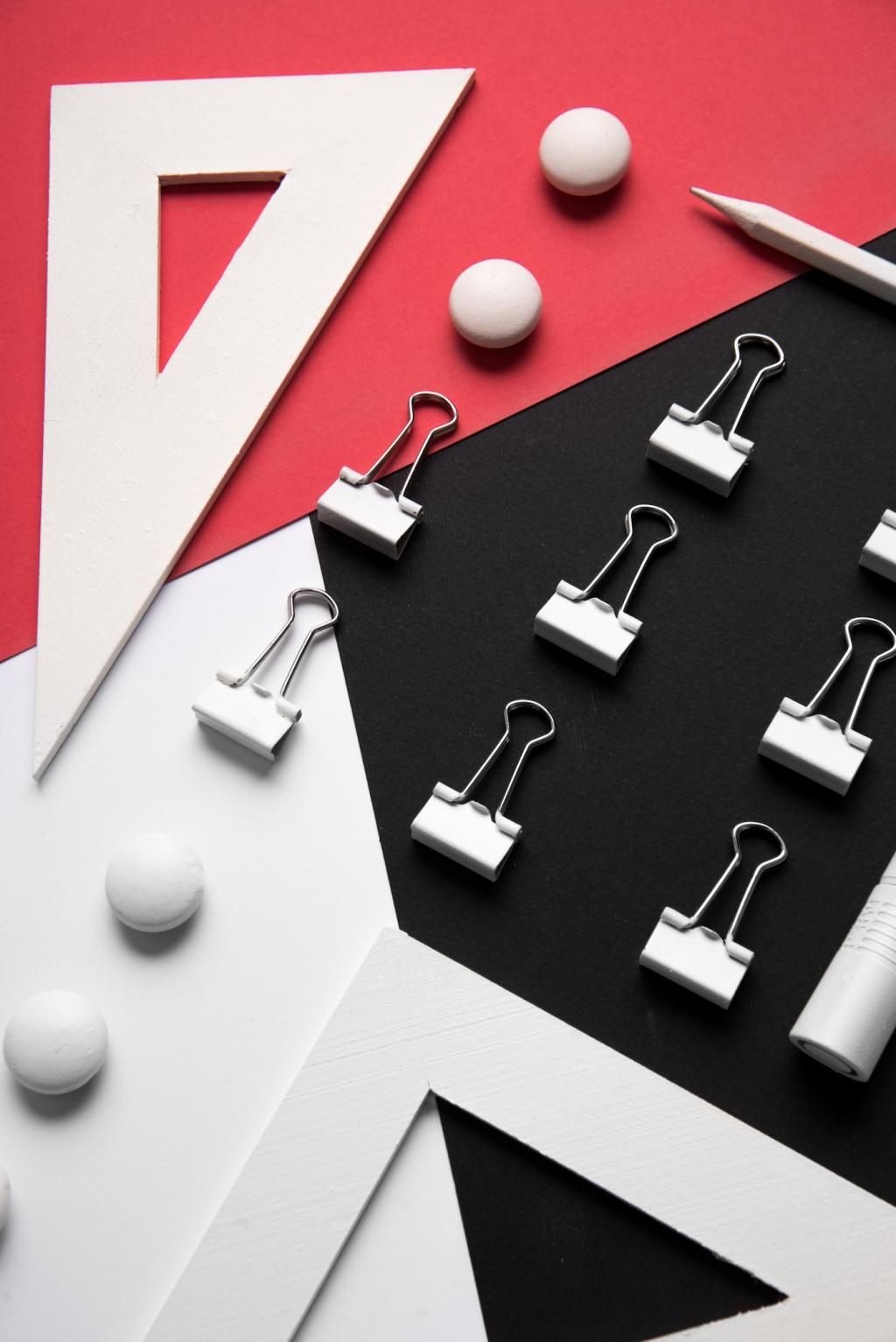
Visual Distractions and Cognitive Load
When your workspace is filled with unnecessary paperwork, scattered office supplies, and unrelated items, your brain works overtime to process the visual chaos. This elevated cognitive load drains mental resources, ultimately reducing your capacity to concentrate on important tasks. Studies have shown that visual distractions fragment your attention, making it harder to enter a state of deep work. By minimizing visual distractions through targeted decluttering, you free up cognitive space to dedicate to high-priority work—leading to greater overall efficiency and creativity.

Emotional Effects of Clutter
Beyond cognitive consequences, cluttered workspaces can stir negative emotions such as anxiety, guilt, or overwhelm. These emotional reactions stem from uncompleted tasks piling up in view, subtly reminding you of what has not yet been accomplished. Over time, this chronic sense of dissatisfaction erodes motivation and can even contribute to burnout. Conversely, a clear and orderly desk creates a sense of control and accomplishment, nurturing a positive emotional environment that supports ongoing productivity and satisfaction at work.
The Impact of Organization on Productivity
A well-organized workspace accelerates your workflow by ensuring key tools and documents are always within reach. This seamless accessibility minimizes the time lost searching for misplaced items—time that quickly adds up over days and weeks. Efficient workspace design can reclaim these precious minutes, allowing for more focus on high-value activities. The result is not only a faster pace of work but also increased satisfaction as tasks are completed smoothly and on schedule.
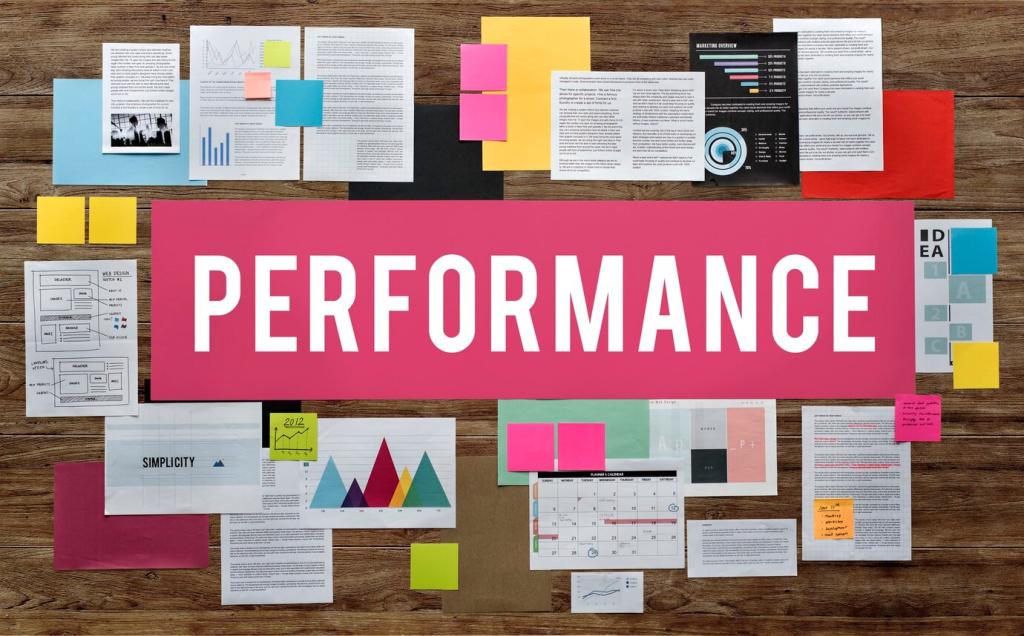
Setting Decluttering Goals for Maximum Results
Identifying Pain Points in Your Workspace
Begin the decluttering journey by assessing where clutter accumulates and how it interrupts your workflow. Perhaps paperwork stacks up near your computer or supplies crowd your main working surface. Pinpointing these recurring clutter “hotspots” allows you to tailor your decluttering efforts for maximum impact. With a clear understanding of your pain points, you can prioritize changes that will immediately relieve stress and streamline your daily routines.
Defining What Success Looks Like
Setting a vision for your ideal workspace clarifies what an effective decluttering outcome entails. Take time to imagine how you want your desk to look and feel, and which items are essential for your work. Success might be a clear desk at the end of every day or having dedicated zones for different types of work. By articulating this end goal, it becomes easier to measure progress and stay motivated when organizational challenges arise.
Tracking Progress and Maintaining Accountability
As you declutter, periodic progress checks help reinforce your commitment and highlight areas needing further attention. Consider keeping a workspace journal or setting reminders to evaluate your environment weekly. This ongoing monitoring fosters accountability and ensures that improvements stick, transforming the one-time act of decluttering into a sustainable habit that drives long-term productivity gains.
Prioritizing What Stays and What Goes
Not every item on your desk facilitates productivity. Ask yourself which tools and resources you truly use daily, and which simply take up space or entice you away from your main tasks. This honest assessment allows you to preserve only the objects that directly support your goals. Removing non-essential items reduces clutter and the temptations that can disrupt your focus, creating a clearer, more intentional workspace where every object serves a defined purpose.
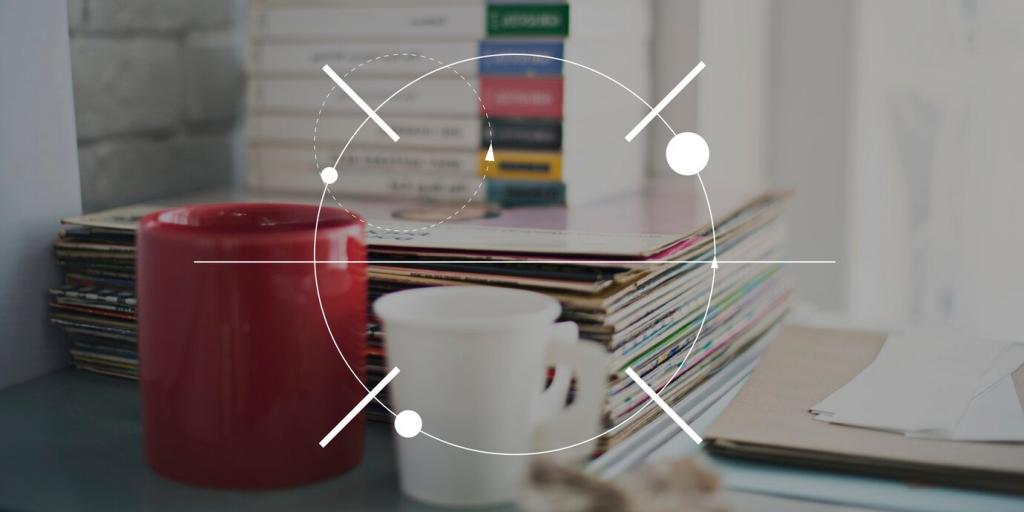
Creating Efficient Storage Solutions
A key aspect of efficient storage is tailoring it to the specific way you work. If you frequently reference specific files, keep them in an easily accessible drawer or shelf. Supplies used less often can be stored further away, while everyday items remain within arm’s reach. By aligning storage with your unique workflow, you minimize disruptions and create an environment where organization reinforces productivity, rather than complicating it.
Maximizing overlooked areas such as vertical shelves, under-desk drawers, or wall organizers expands your storage capacity without crowding your workspace. Vertical storage is especially valuable for keeping surfaces clear while still maintaining quick access to important materials. These creative solutions allow you to keep your desk free from clutter, taking advantage of every inch of available space to support a balanced, productive atmosphere.
Effective storage relies not just on containers but also on clear labeling and categorization. Assigning consistent names and places for your files, supplies, and equipment ensures you can always find what you need in moments. This system saves you from rifling through unmarked bins or stacks, streamlining your workflow and reinforcing the habit of returning items to their designated spots. Over time, categorization becomes second nature, becoming a quiet backbone of everyday productivity.
Fostering Daily Decluttering Habits
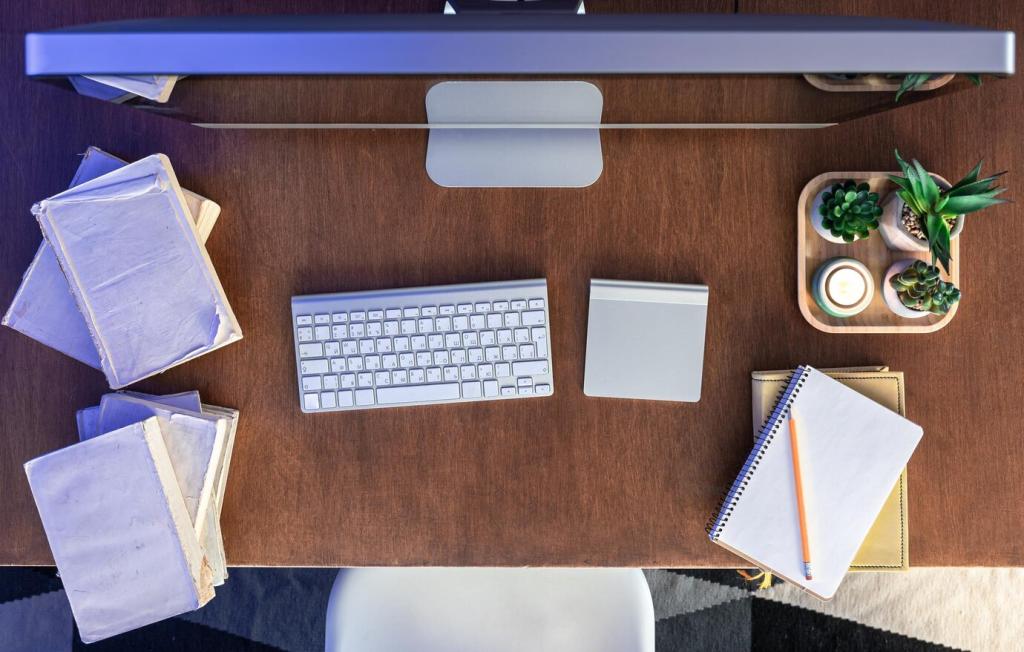
Starting each workday with a quick tidying session primes your workspace for success. During this ritual, clear your desk of any leftover items, review your to-do list, and arrange necessary supplies. This practice not only keeps your area tidy but also signals your mind that it’s time to switch into work mode. Over time, these few minutes set a positive, productive tone for the hours ahead, minimizing distractions before they have a chance to accumulate.
The Role of Digital Decluttering
A cluttered computer desktop can mirror the chaos of a disordered physical workspace. Take time to arrange your desktop with only essential shortcuts and regularly archive or delete unnecessary files. Implement clear digital folders with intuitive labels, mirroring the principles used for physical file organization. This digital tidiness makes finding and managing documents faster, reducing frustration and lost work time caused by misplaced files.
